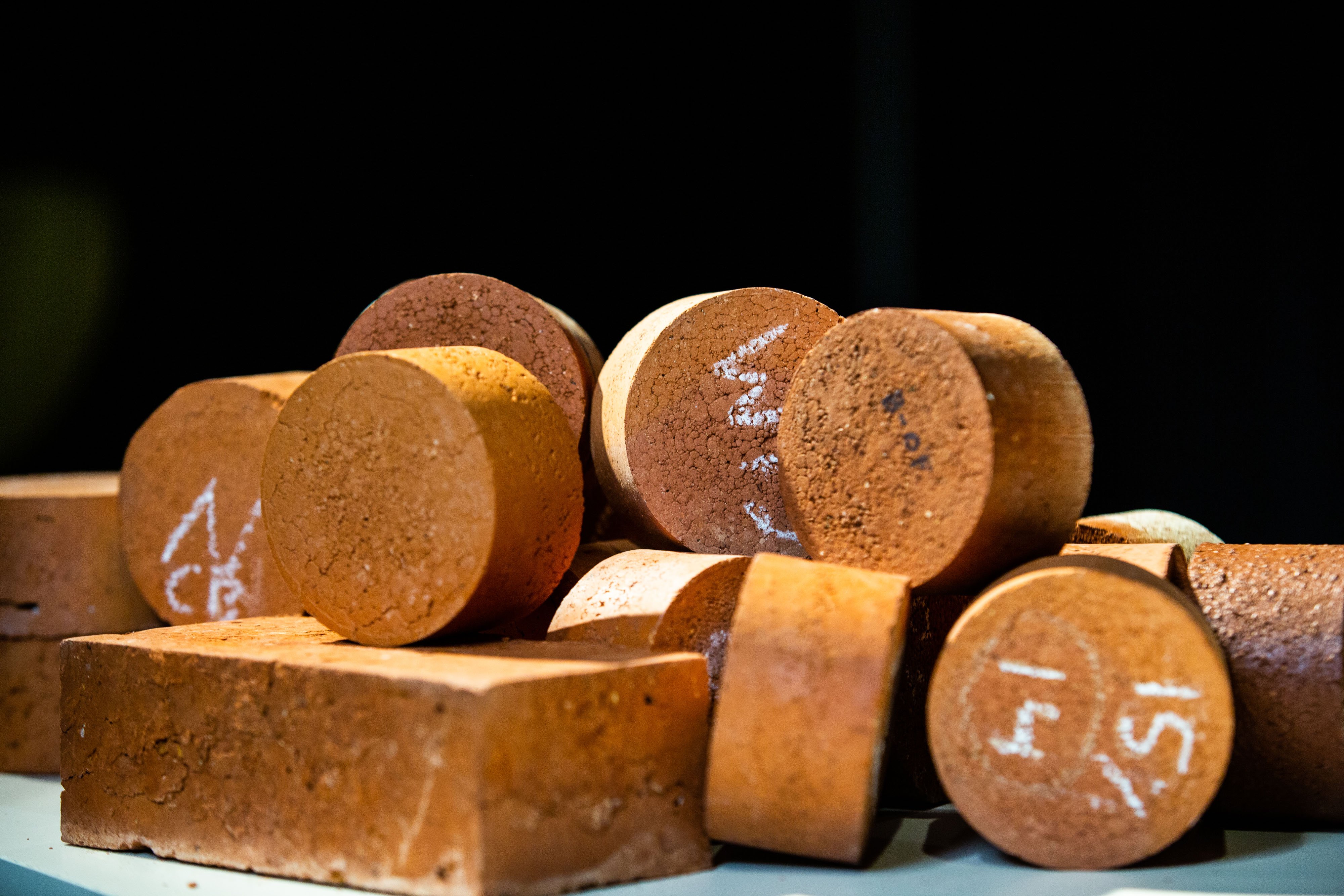Do you ever wonder what happens to your waste after you flush the toilet?
For those who live with modern sewage systems, the human waste combines with water and is carried through sewer pipes to a treatment plant, where urine and fecal matter are divided and purified. The treated waste leftovers, known as biosolids, then often end up in landfills or tossed in oceans.
Take Action: Urge The Australian Government to Show Leadership on Water, Sanitation and Hygiene
Soon, however, these biosolids could be turned into cheap, sustainable bricks for the construction industry.
A team of researchers from Melbourne’s RMIT University have demonstrated that baking the sand-like biosolids into bricks could be a safe, eco-friendly solution for the global mass of sewage sludge and the harmful mining of soil necessary for traditional brick manufacturing.
"Using biosolids in bricks could be the solution to these big environmental challenges,” said lead research investigator Abbas Mohajerani. “It’s a practical and sustainable proposal for recycling the biosolids currently stockpiled or going to landfill around the globe.”
About 30% of the world’s biosolids sit in stockpiles or go to landfill. But, could turning biosolids into bricks be the solution to this environmental challenge? https://t.co/nx2y7aliEU@MelbourneWater
— RMIT University (@RMIT) January 22, 2019
The production of the biosolid bricks is cheaper and uses almost half the energy of standard bricks. They also reduce the need for clay mining and have a lower thermal conductivity, which means they are better insulators, in turn, keeping buildings naturally warmer in winter.
“More than three billion cubic meters of clay soil is dug up each year for the global brickmaking industry," Mohajerani added. "This produces about 1.5 trillion bricks."

The workability of biosolids has become increasingly well known in recent years. While growing amounts are now used to enhance soil conditions and stimulate plant growth, almost 30% remain unused or sent to landfills.
According to Mohajerani, that equates to upwards of 5 million tons of biosolids from Australia, New Zealand, Europe, Canada, and the United States in landfills each year.
However, integrating as little as 15% of biosolids into just 15% of newly constructed bricks each year would remove all leftovers.
Before large-scale production can begin, the bricks will undergo further comprehensive strength testing.